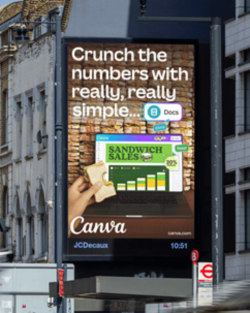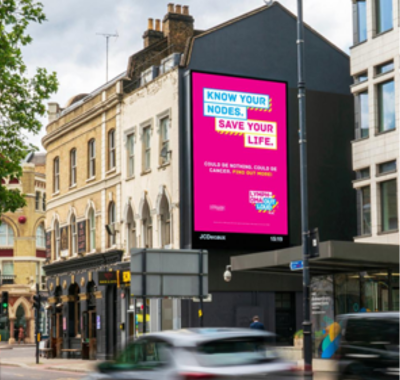Why DOOH Still Wins Despite Economic Pressure
September 25th 2025
In a year marked by economic uncertainty, and cautious brand budgets, the UK advertising industry is facing turbulence. Major agencies have issued warnings of revenue decline, indicating that clients are delaying or reducing spend. Yet one platform continues to show resilience: Out-of-Home advertising — particularly DOOH.
OOH at a Crossroads
Outsmart’s latest figures reveal a split in fortunes. Traditional (classic) Out-of-Home formats are experiencing a modest decline, weighed down by reduced spending on posters and static placements. But Digital Out-of-Home (DOOH) is moving in the opposite direction, showing steady growth even in challenging conditions. In Q1 2025, OOH revenue reached £294.5 million, with DOOH up 1.6% while classic formats slipped slightly.
The trend is clear: brands are choosing the flexibility, measurability, and dynamism of DOOH over classic placements. The ability to update creative in real time, target by time of day, and integrate campaigns with social and mobile makes DOOH an increasingly future-proof choice.
Recent high-profile campaigns highlight why DOOH has become a go-to for advertisers:
- Marks & Spencer (M&S): Its new autumn/winter push includes digital escalator ribbons and city-centre billboards, reinforcing M&S’s position as a household brand while embracing digital in high-footfall locations.
- Canva – “Really, Really Good Design”: The creative platform is telling a transformation story across digital screens, showing how good design can reshape even the smallest businesses. It’s an investment in awareness and education through high-impact DOOH.
- Lymphoma Out Loud – “Know Your Nodes”: This blood cancer awareness campaign takes advantage of DOOH’s public reach, encouraging people to check their lymph nodes with a striking message. A perfect example of DOOH’s ability to blend cultural relevance with public health impact.
Together, these campaigns show that DOOH isn’t just for big consumer brands; it’s also a tool for causes, platforms, and retailers looking to connect emotionally and practically with mass audiences.


DOOH manages to attract spend due to it’s
- Flexibility: Creative can be adjusted or swapped quickly, reducing risk in uncertain times.
- Targeting: Location, time-based and even contextual targeting give DOOH a data-driven edge over static OOH.
- Integration: DOOH campaigns complement digital, social, and experiential strategies — creating multi-channel synergy.
- Impact: Screens in transport hubs, city centres, and retail spaces deliver unmissable visibility at scale.
With around two-thirds of OOH revenue already flowing into digital formats, and brands increasingly drawn to its flexibility, DOOH is positioned to outpace not only classic OOH but also challenge TV and online video for awareness campaigns.
That doesn’t mean posters and static billboards will disappear — static formats will still play a role in delivering broad branding.
If you’re looking for help with your marketing campaigns, contact our specialist team today.
Contact us